Home>Ideas and Tips>Choosing The Right Greenhouse For A Year-Round Garden
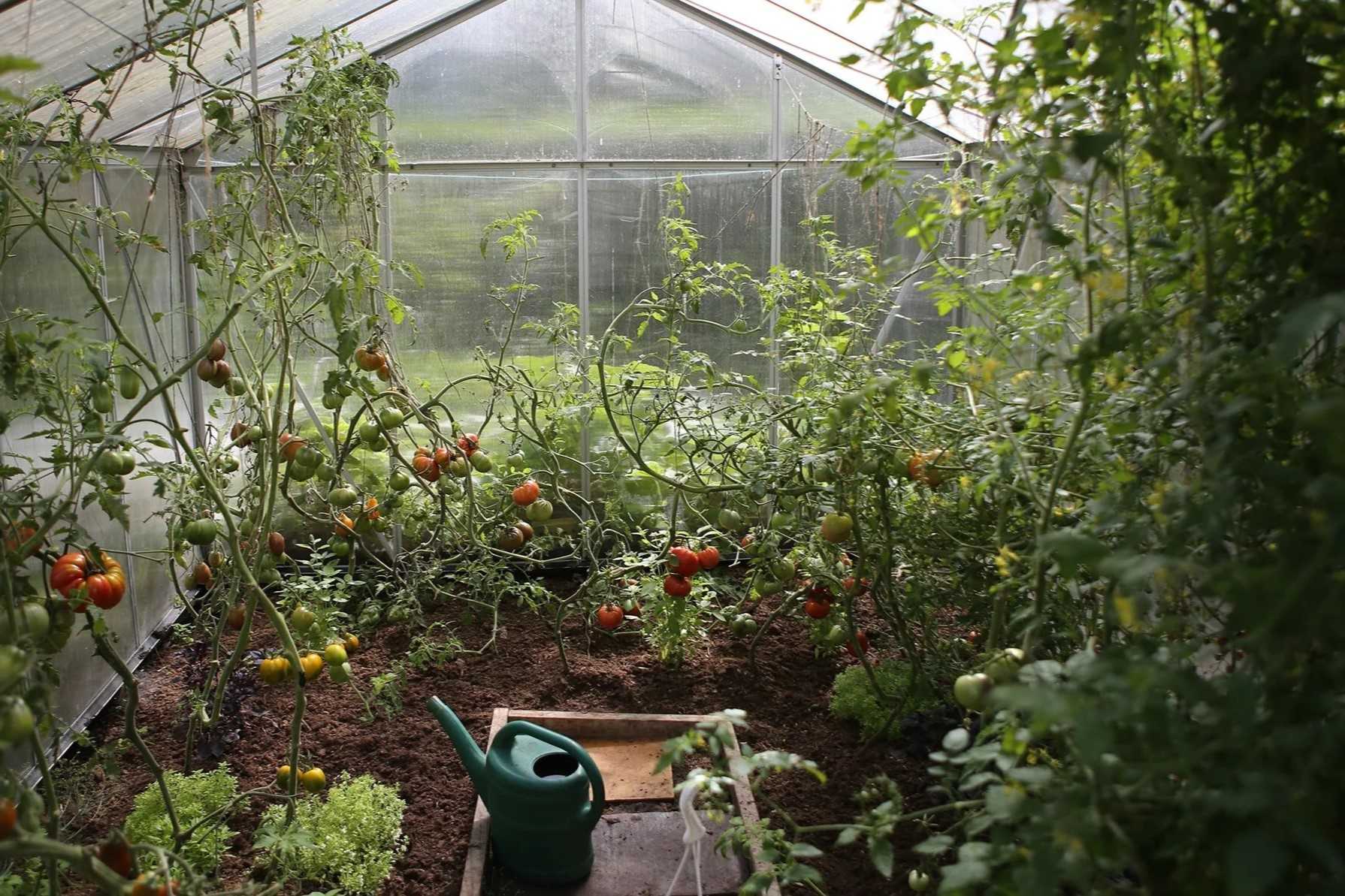

Ideas and Tips
Choosing The Right Greenhouse For A Year-Round Garden
Published: November 1, 2024
Discover how to choose the perfect greenhouse for year-round gardening. Learn about location, size, materials, and essential features for success.
(Many of the links in this article redirect to a specific reviewed product. Your purchase of these products through affiliate links helps to generate commission for Storables.com, at no extra cost. Learn more)
Growing plants year-round is a dream for many gardeners, and one of the best ways to achieve this is by using a greenhouse. These structures provide a controlled environment that allows you to grow a wide variety of plants regardless of the season. However, choosing the right greenhouse is crucial for successful year-round gardening. In this article, we will delve into the key considerations and steps you need to take when selecting a greenhouse that meets your needs.
Understanding Your Needs
Before you start looking for a greenhouse, it's essential to understand what you want to achieve with your year-round garden. Here are a few questions to ask yourself:
- What type of plants do you want to grow? Different plants have different temperature and light requirements. For example, tropical plants require warmer temperatures, while seedlings need consistent warmth.
- How much space do you have available? The size of your greenhouse will depend on the space you have available in your yard and the number of plants you plan to grow.
- What is your budget? Greenhouses can range from small, DIY structures to large, commercial-grade models. Knowing your budget will help you narrow down your options.
- Do you have any specific features in mind? Some greenhouses come with automatic ventilation systems, heating mats, and other features that can enhance your gardening experience.
Siting and Sizing a Greenhouse
The location and size of your greenhouse are critical factors in its success. Here are some tips to consider:
Location
- Sunlight: The best spot for a greenhouse is in the sunniest part of your yard. Ensure that it receives at least six hours of direct sunlight daily, especially during winter months.
- Afternoon Shade: While sunlight is essential, too much summer sun can cause overheating. Position your greenhouse so that it receives afternoon shade to prevent this issue.
- Wind Protection: Avoid placing your greenhouse in an area where it will be exposed to strong winds, as this can cause damage and make it harder to maintain a stable temperature.
Size
- Space Requirements: Think ahead about what you will plant in your greenhouse. If you plan to grow seedlings, a smaller space may suffice. However, if you intend to overwinter tropical plants or grow crops like tomatoes, you will need more space.
- Expansion Room: It's always a good idea to buy a greenhouse that is one size larger than what you think you'll need. This will give you room to expand your operation even if you don't think you'll need all that space right away.
Greenhouse Materials
The materials used in building your greenhouse are crucial for its durability and functionality. Here are some considerations:
Durability
- Glass vs. Plastic: Glass is a good investment for year-round growing because it provides better insulation and can withstand harsh weather conditions. Treated thick plastic is also a viable option but may not be as durable.
- Frame Materials: Use treated wood or metal frames to avoid rot caused by moisture in the air. Cheaper materials may need to be replaced frequently, which can be costly in the long run.
Heating and Insulation
Heating and insulation are essential for maintaining a stable temperature inside your greenhouse, especially during colder months.
Heating Options
- Electric Heaters: These are common heating options for greenhouses but can increase your power bill significantly.
- Composting: Composting organic matter like leaves, eggshells, and shredded newspaper can provide extra heat to your greenhouse.
- Jugs: Milk jugs or empty cat litter jugs painted black and filled with water can absorb heat during the day and radiate it at night.
Insulation
- Ventilation: Proper ventilation is crucial for managing heat levels in your greenhouse. Use vents on the roof or side walls to allow hot air to escape.
- Shade Cloths: These net-like blankets can be used to cool down the temperature inside your greenhouse on hot days. Soaking them in cool water before draping them over the greenhouse can quicken the cooling effect.
Ventilation Systems
Ventilation systems are vital for maintaining a healthy environment inside your greenhouse by preventing overheating and ensuring proper air circulation.
Manual Vents
- Opening Vents: Manually operated vents provide a simple way to control airflow within your greenhouse. Ensure that these vents are not left closed at any time to prevent overheating.
- Automatic Vents: Automatic ventilation devices filled with wax expand as temperatures rise, pushing panels open and releasing hot air. These are particularly useful if you're not home during the day.
Fans
- Floor Fans: Oscillating floor fans can help distribute air evenly throughout the greenhouse, preventing pockets of hotter and cooler air that can affect plant health.
- Gable Fans: Large fans mounted on the gable end of the greenhouse can also be effective in circulating air.
Read more: Creating A Year-Round Container Garden
Plant Diseases and Pests
Diseases and pests are the second-worst enemies of gardeners after weeds. Here’s how you can manage them:
Disease Control
- Quarantine: Isolate any sick plants from healthy ones to prevent the spread of disease.
- Fresh Soil: Never reuse soil from one plant to another as it can carry diseases. Fresh soil is always the best option.
- Sanitizing Containers: Wash out containers and planters with soapy water after they’ve been emptied. If the plant was sick, use bleach to sanitize them thoroughly.
Pest Control
- Inspect New Plants: Before adding any new plants to your greenhouse, inspect them for pests or diseases.
- Treat Problems Early: If you spot any problems, treat them immediately to prevent them from spreading.
Choosing the Right Greenhouse Model
Greenhouses come in various models, each with its own set of features and benefits.
Types of Greenhouses
- Hot House Greenhouse: These greenhouses maintain a stable temperature between 65-70 degrees or higher, ideal for growing exotic and tropical plants.
- Warm Greenhouse: These greenhouses maintain a stable temperature between 50-55 degrees, suitable for growing plants that thrive in outdoor gardens.
- Grower Greenhouses: These larger greenhouses often have adjustable shelving and are designed for growing crops full-term indoors under shelter.
Greenhouse Accessories
- Ventilation Accessories: Solar-powered louvers and exhaust fans can ensure that your greenhouse remains well-ventilated even when you're not around.
- Automatic Watering Systems: These systems can monitor soil moisture levels and water plants automatically, reducing the need for manual watering.
Final Considerations
Before making your final decision, consider the following factors:
Budget vs. Features
- Initial Cost vs. Long-Term Benefits: While a more expensive greenhouse might seem like an unnecessary investment at first glance, consider the long-term benefits it can provide in terms of durability and functionality.
- Additional Costs: Factor in additional costs such as electricity for heating and lighting, as well as any necessary maintenance or repairs.
Local Regulations
- Check Local Bylaws: If you live in a homeowners association or have specific local regulations regarding greenhouses, ensure that your chosen model complies with these rules.
Personal Preferences
- Aesthetic Appeal: Choose a greenhouse that fits with your home's architecture and personal style.
- Ease of Use: Consider how easy it will be to set up and maintain your chosen greenhouse model.
Conclusion
Choosing the right greenhouse for year-round gardening involves careful consideration of several factors including location, size, materials, heating and insulation needs, ventilation systems, disease and pest management strategies, and finally selecting the appropriate model based on your specific requirements and preferences. By following these guidelines and doing thorough research before making your purchase decision you can ensure that you have a successful year-round garden that brings joy and productivity to your life.
By understanding these key considerations and taking them into account when selecting your greenhouse you can create an ideal environment for growing plants year-round regardless of the season outside. Whether you're looking to start small with seedlings or aim big with overwintering tropical plants there’s a greenhouse out there designed specifically for your needs. Happy gardening
Was this page helpful?
At Storables.com, we guarantee accurate and reliable information. Our content, validated by Expert Board Contributors, is crafted following stringent Editorial Policies. We're committed to providing you with well-researched, expert-backed insights for all your informational needs.

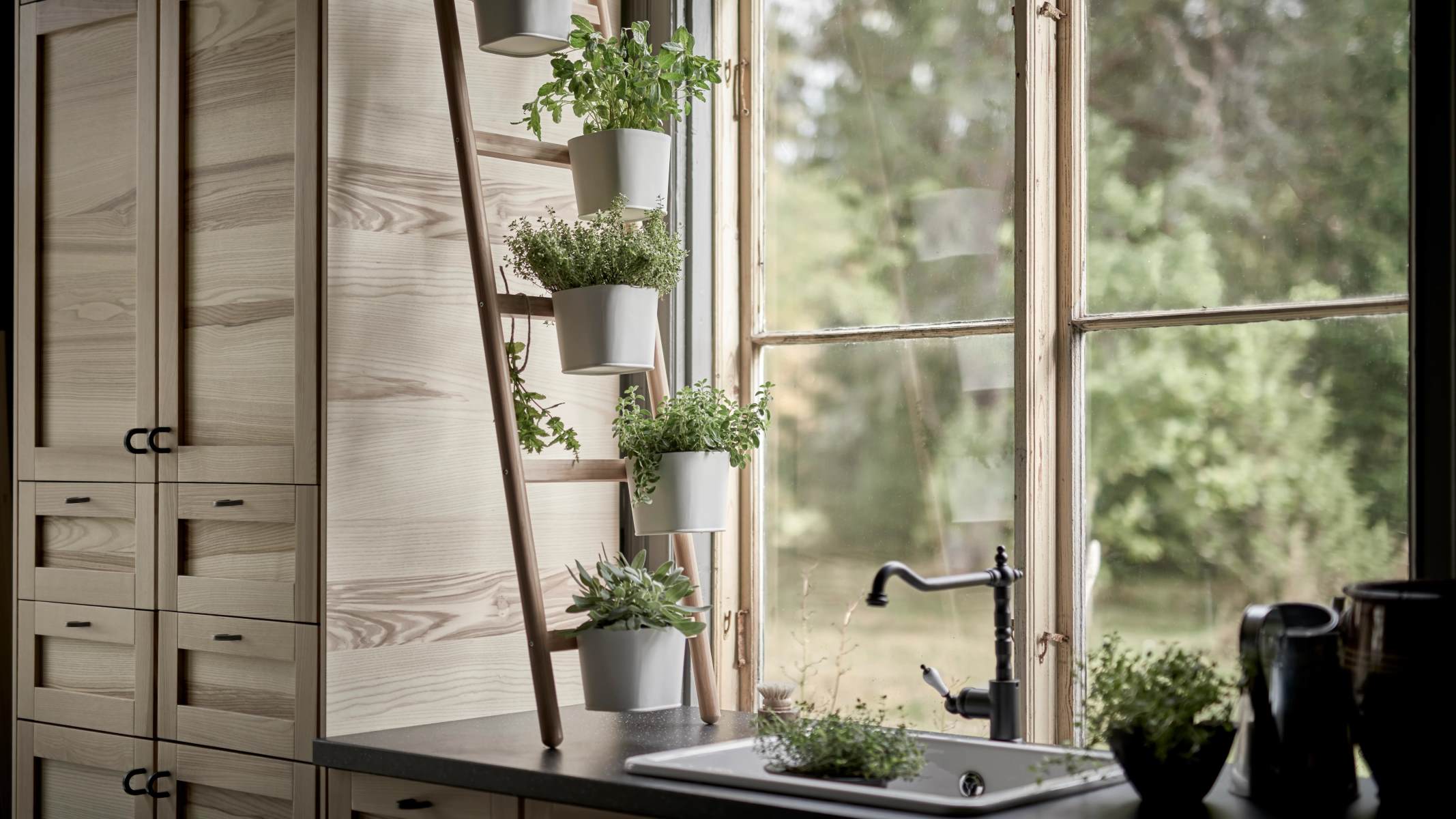
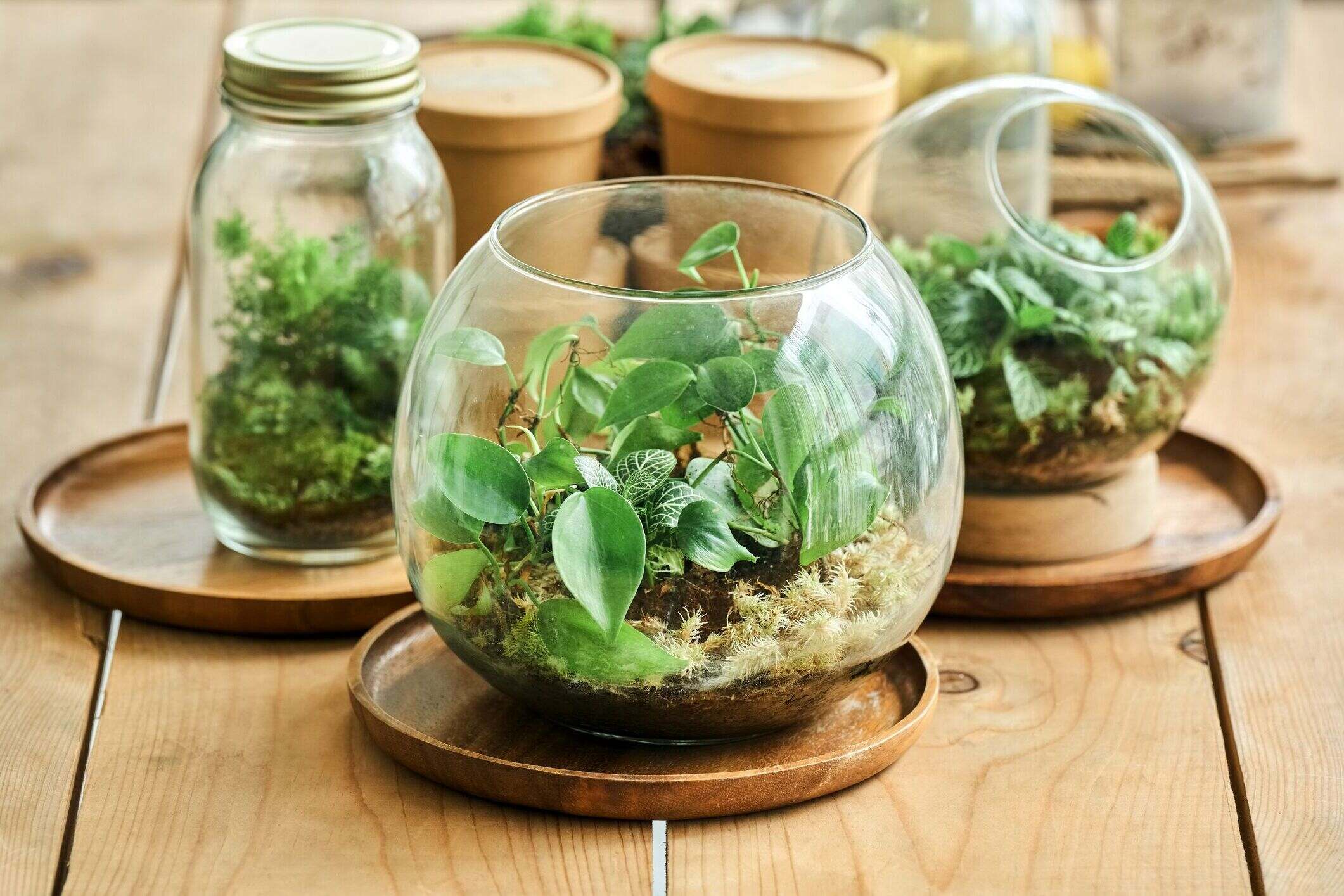
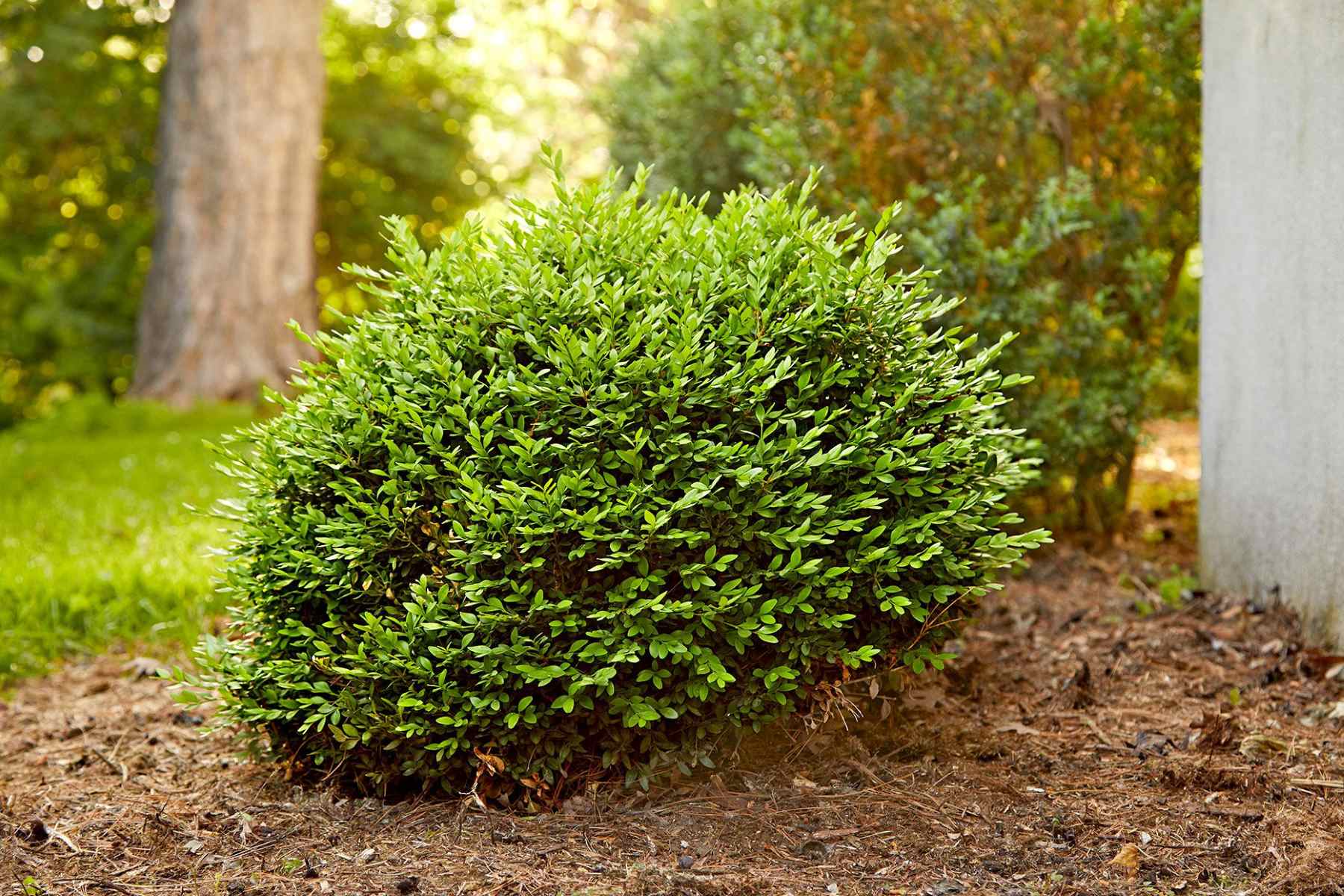
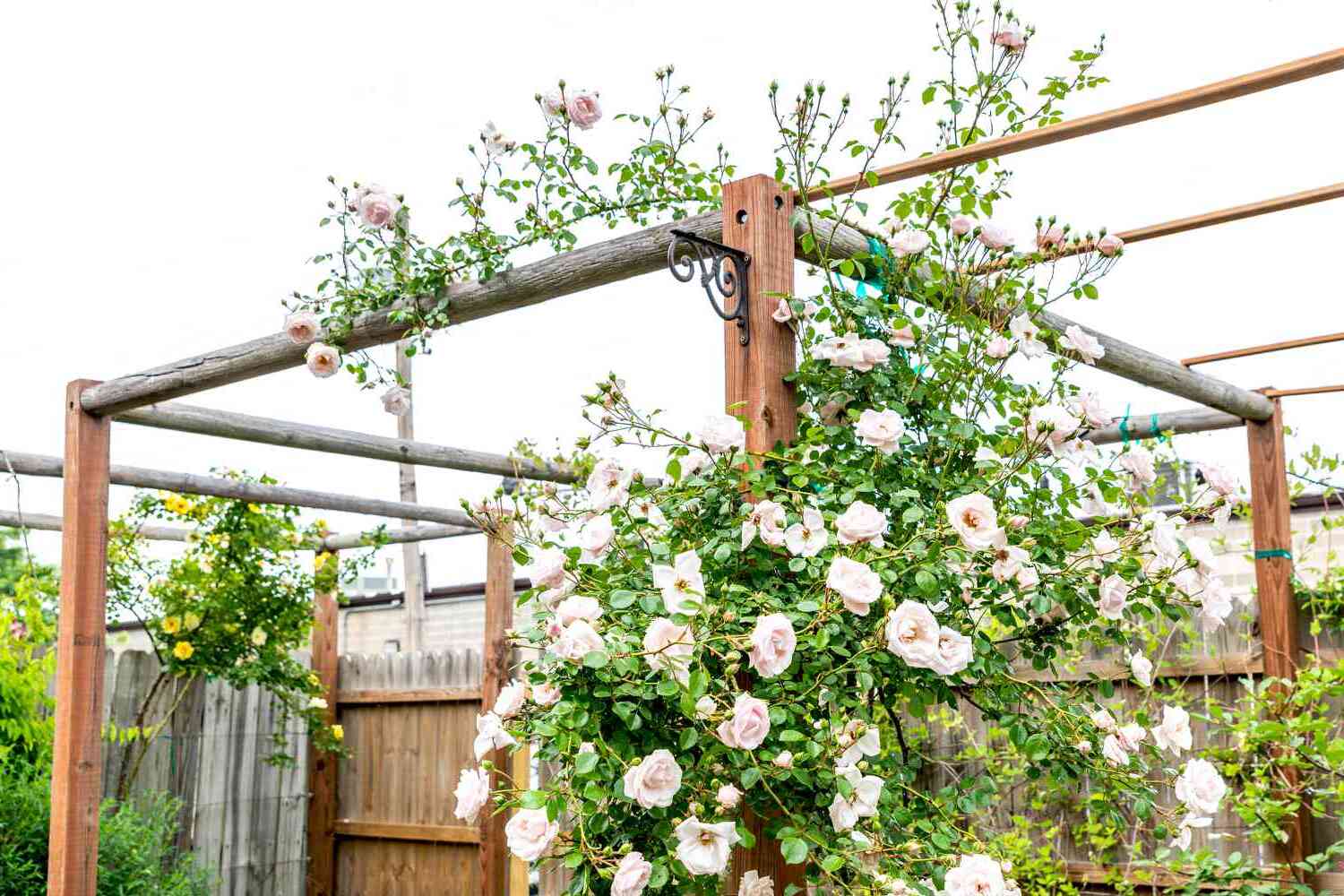
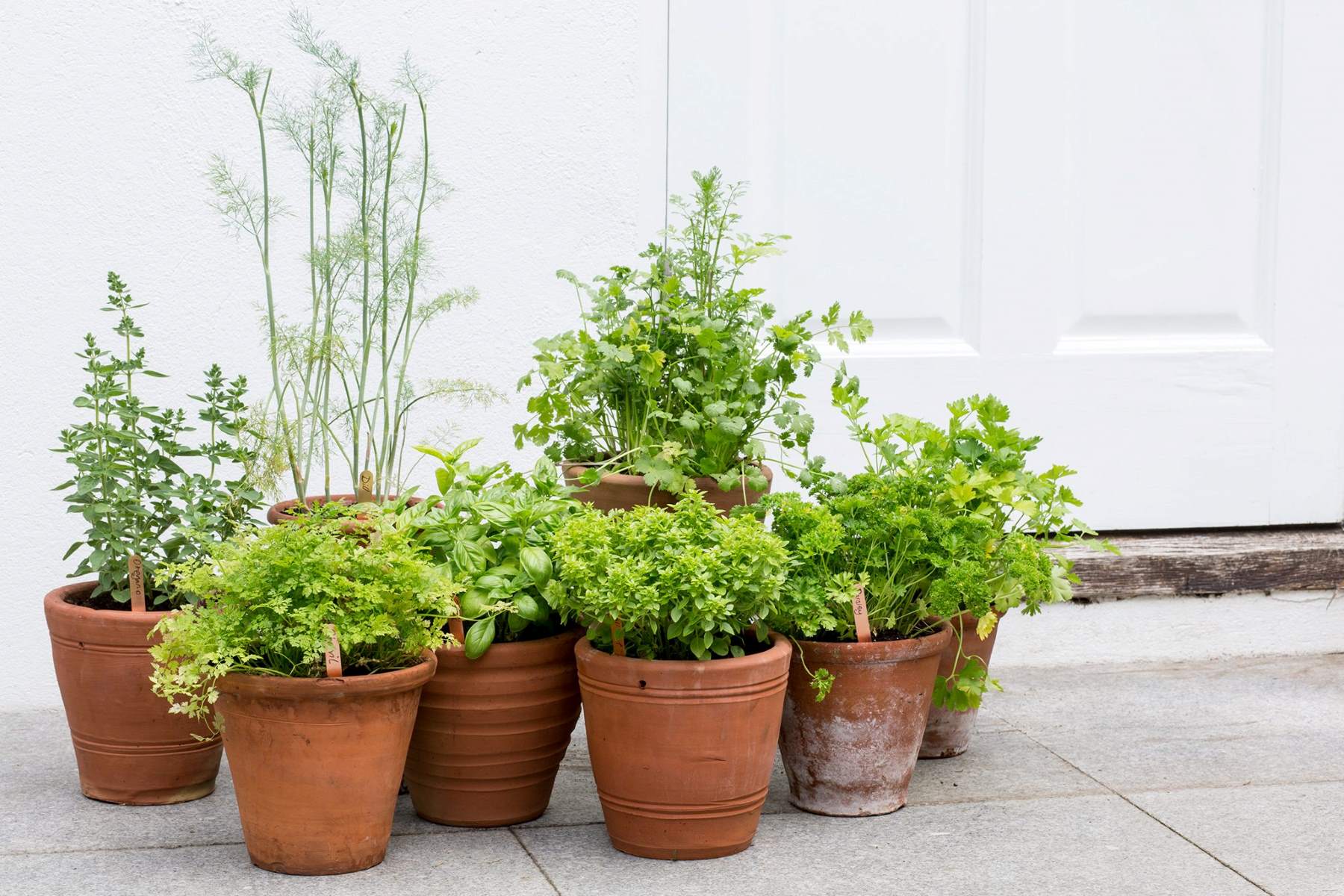
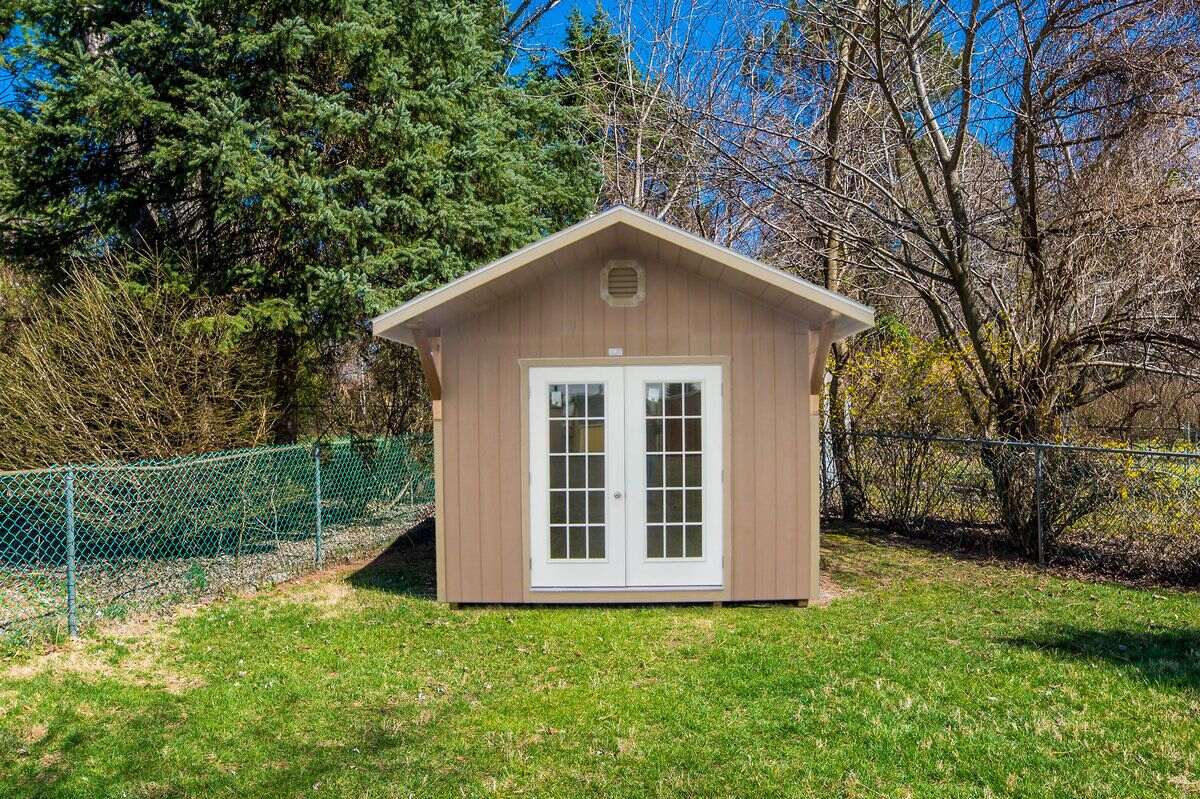
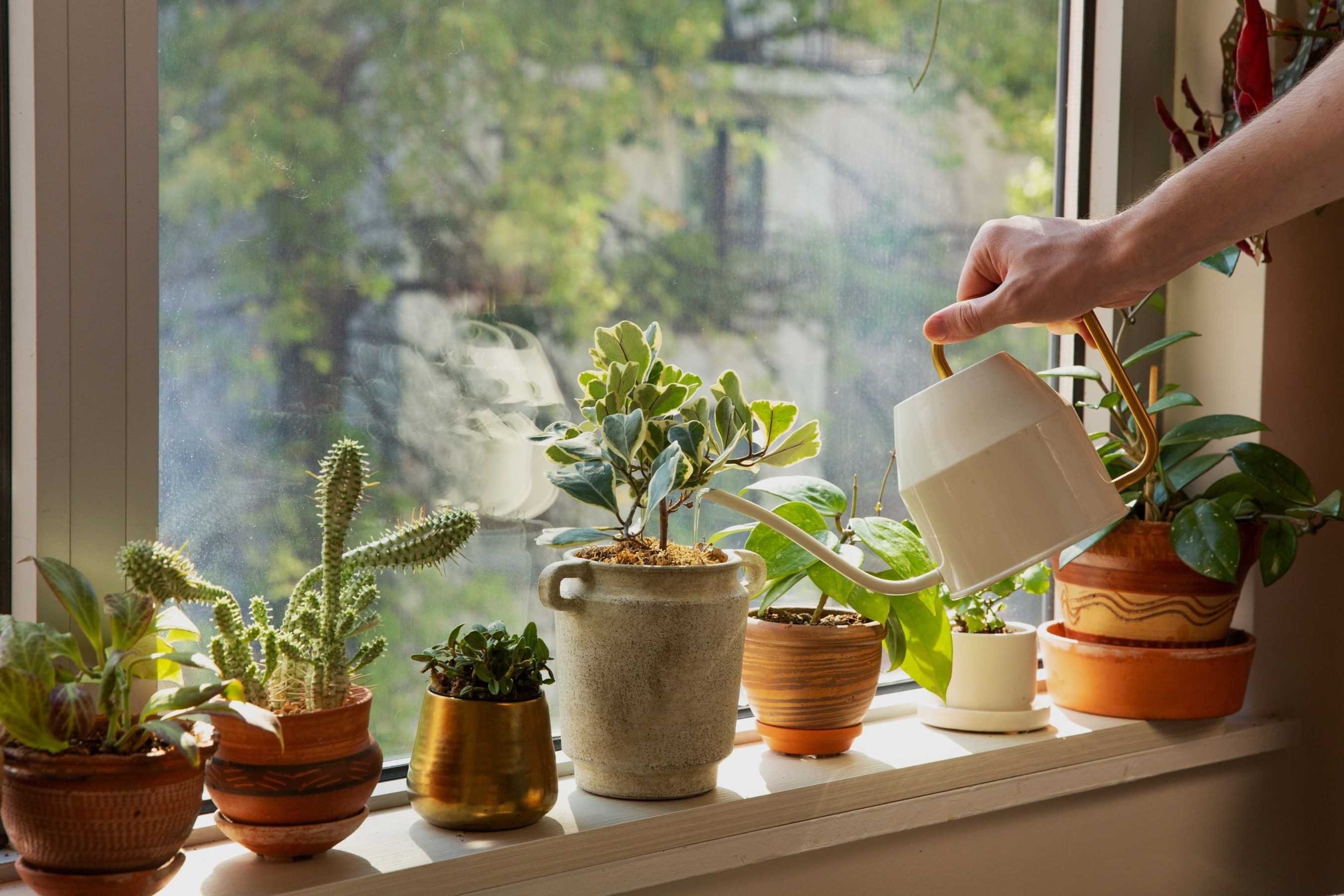
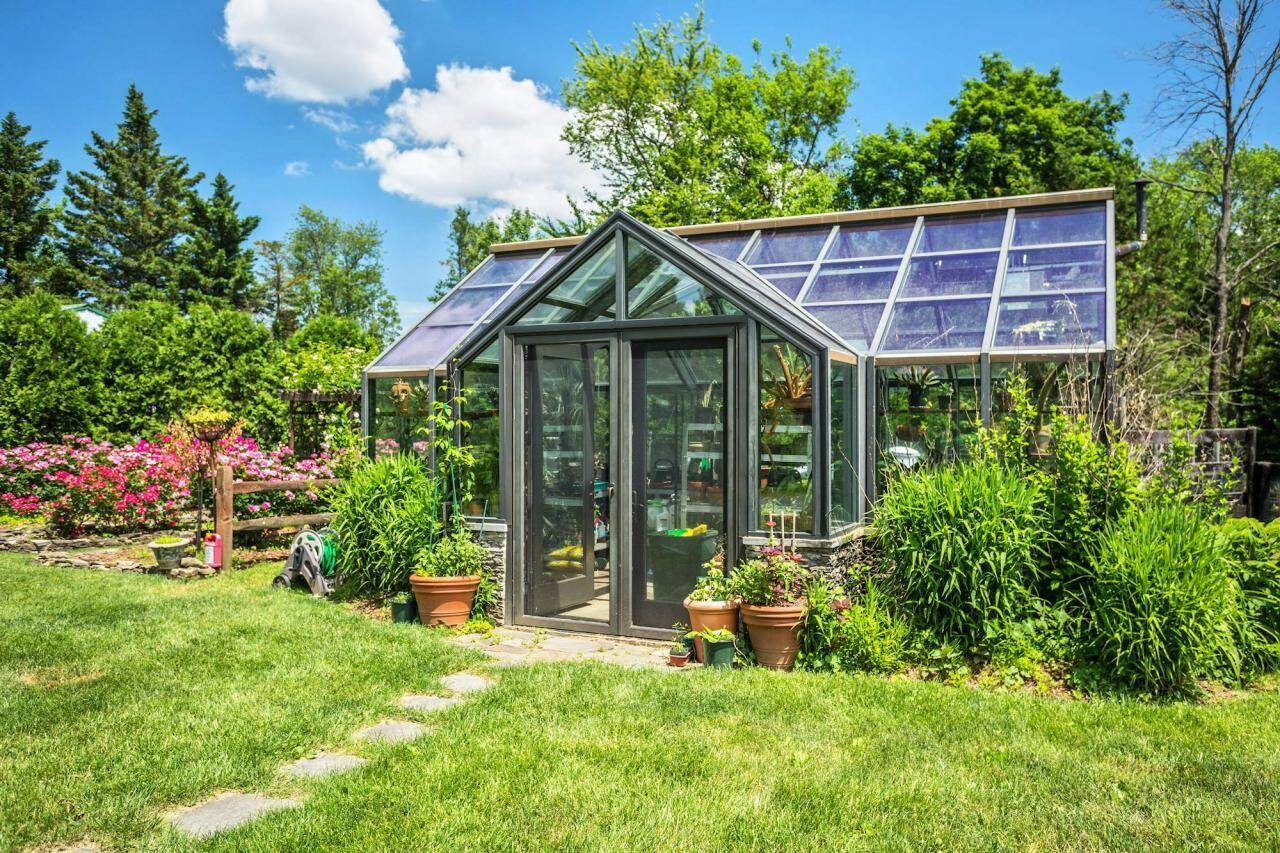
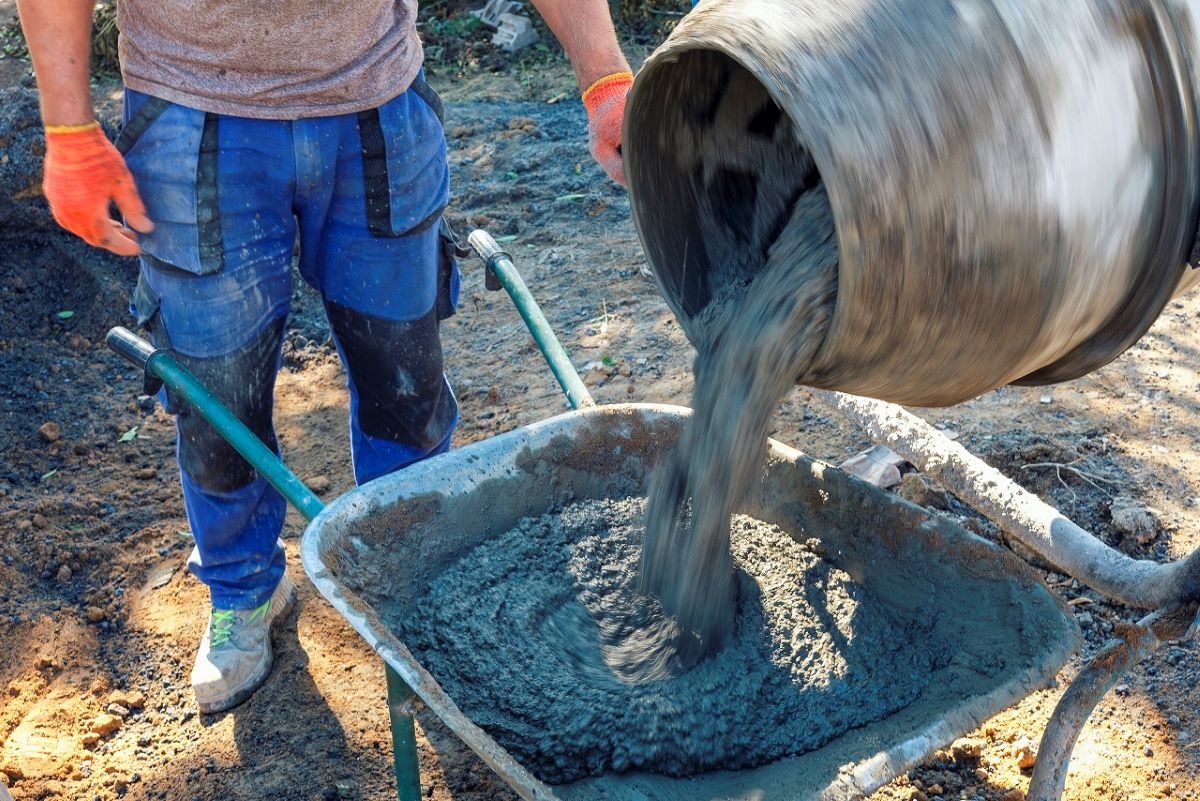
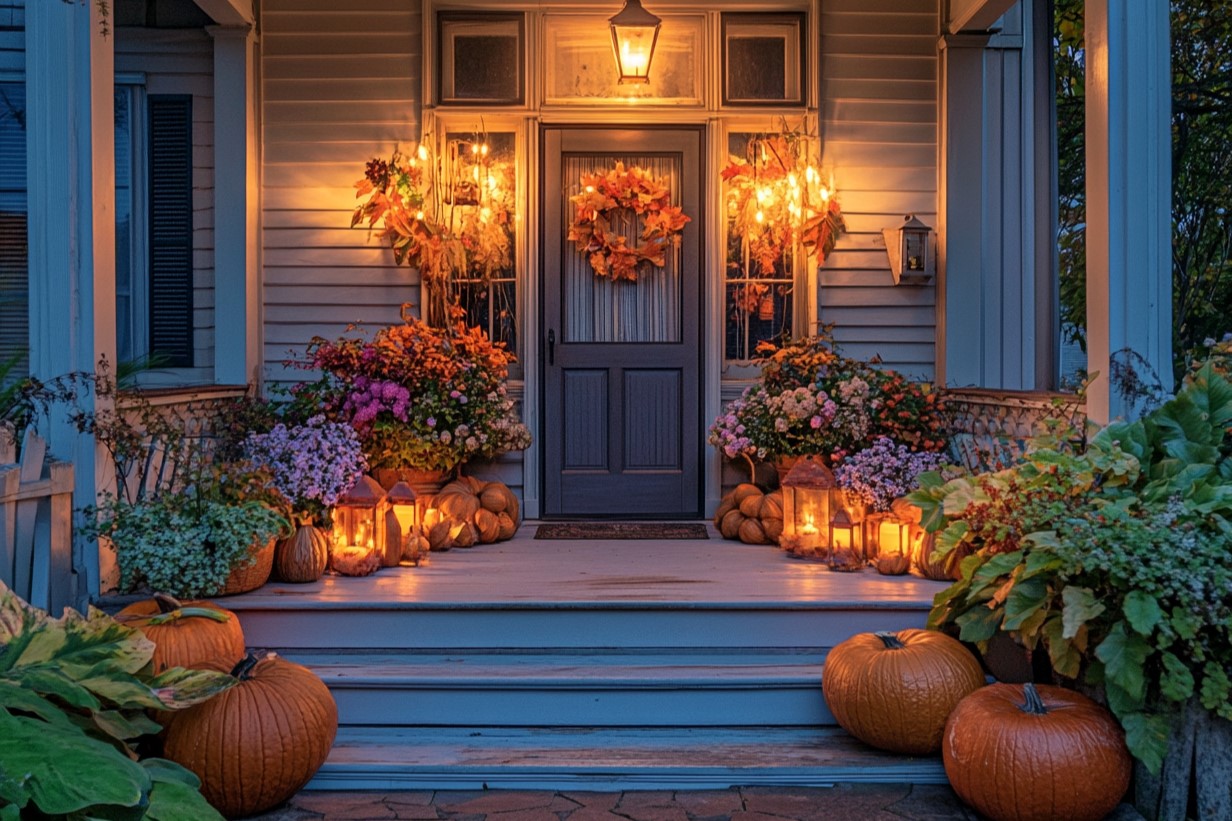
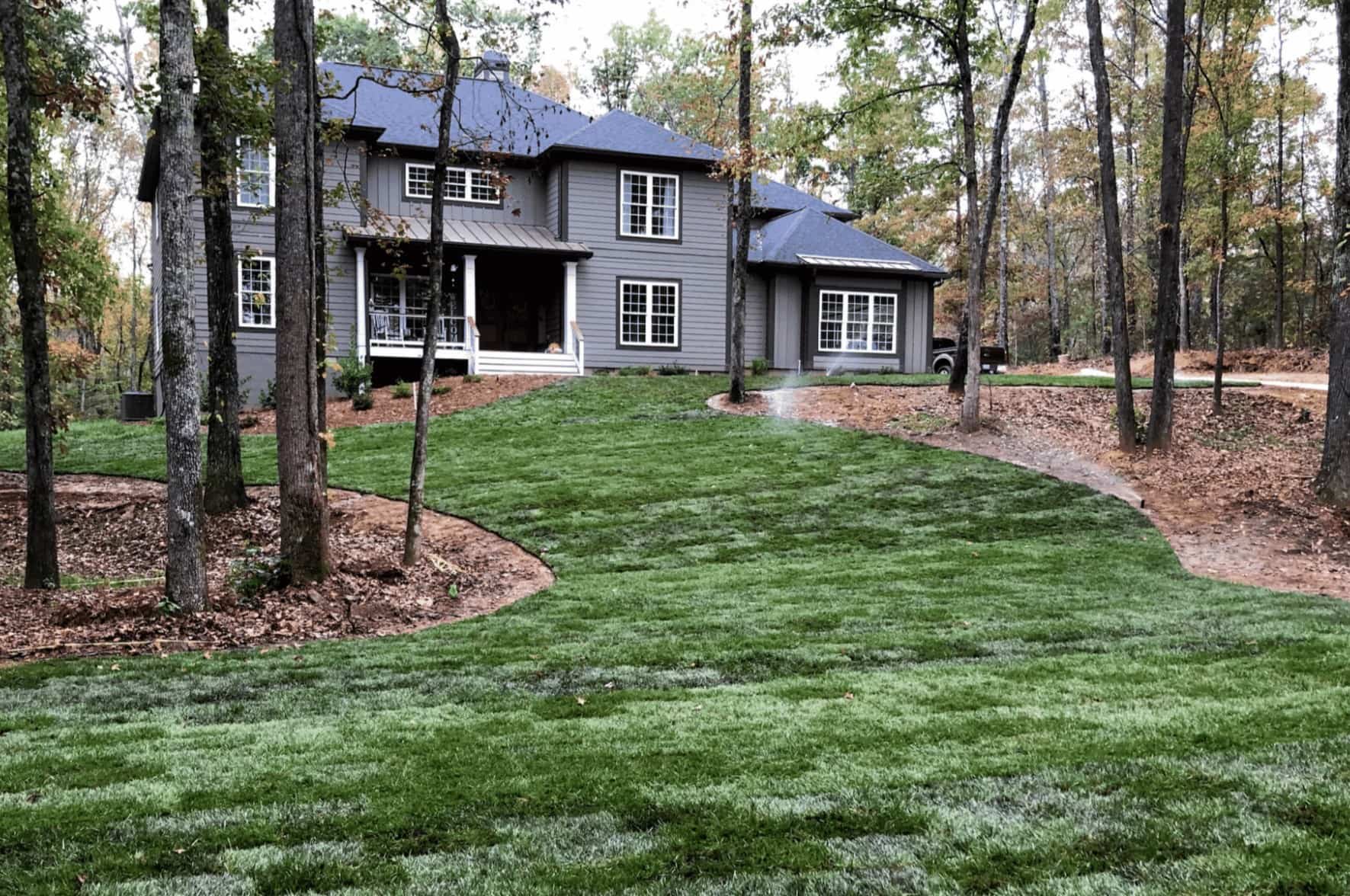
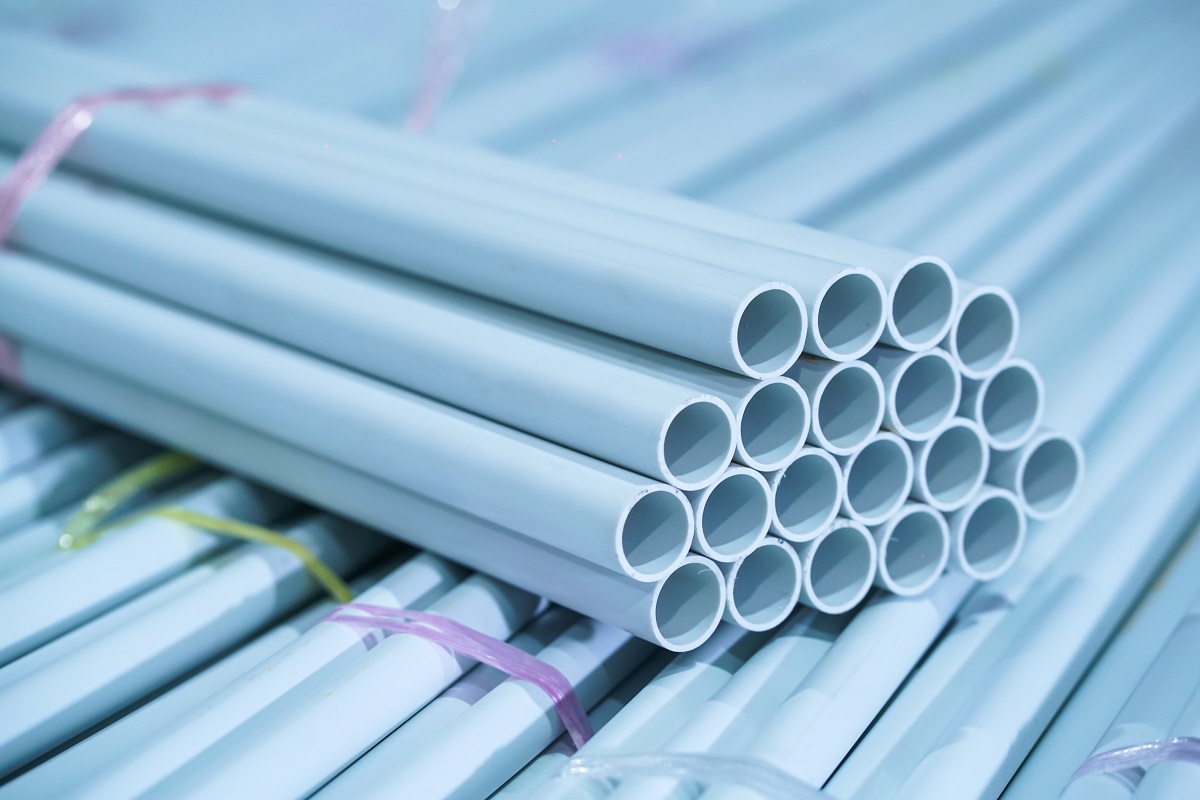
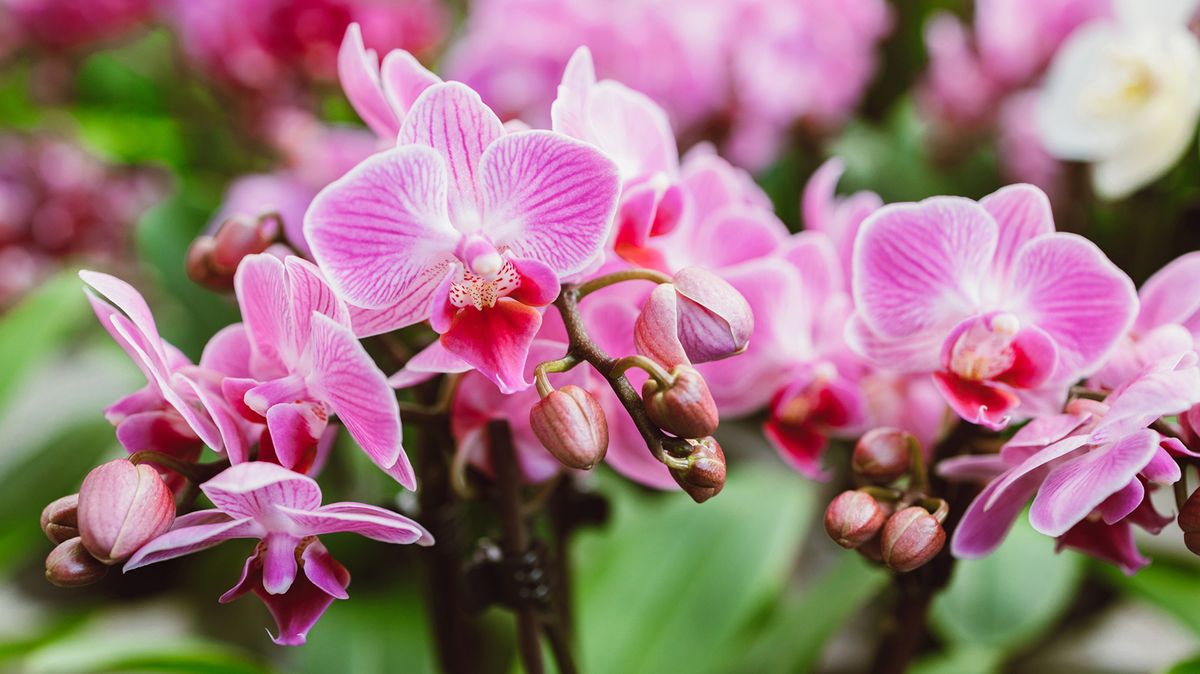

0 thoughts on “Choosing The Right Greenhouse For A Year-Round Garden”